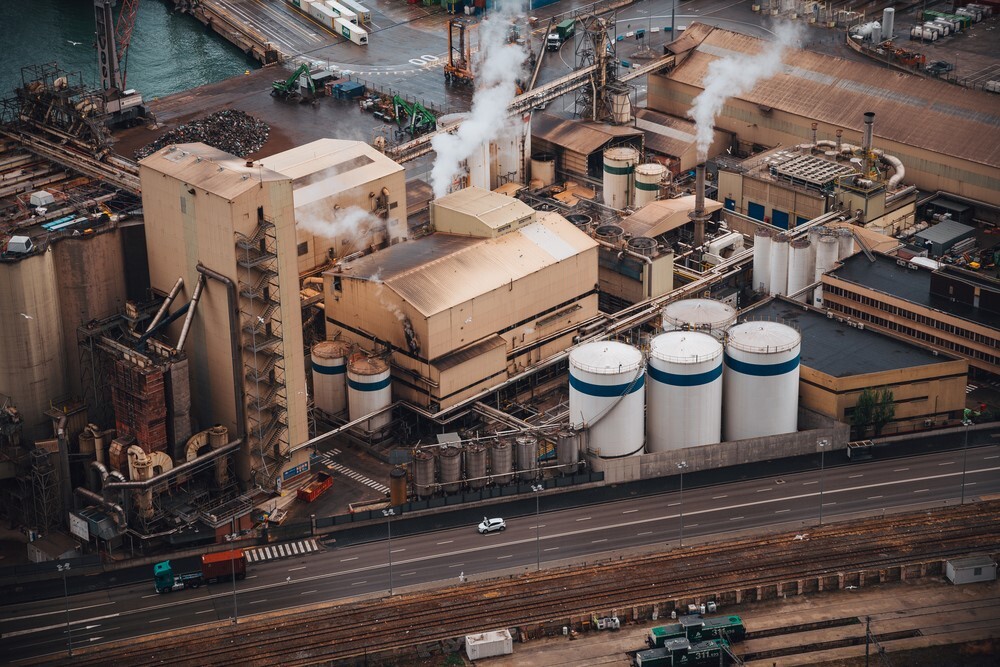

With an agenda of counteracting persistent overcapacity and subsequently stabilising global alumina prices, China has come up with a bunch of measures (of course, in a series) aimed at curtailing the rapid expansion of alumina production. The new directives, outlined in the Ministry of Industry and Information Technology’s (MIIT) Action Plan for the High-Quality Development of the Aluminium Industry (2025–2027), extensively highlight the need to shift the country’s approach to managing its aluminium supply chain.
{alcircleadd}
Policy overview and strategic objectives
The latest policy mandates that firms who are planning to establish new alumina projects must secure adequate bauxite supply to ensure a balanced and sustainable growth model. This requirement is a successor to the earlier guidance provided to China’s copper smelting industry and ensures a path towards a broader commitment to resource security. Furthermore, bringing environmental stewardship with industrial development to the centre stage, the new rules also stipulate that projects in heavily polluted areas will not receive further approval.
According to SMM, key targets of the action plan include:
 Events
Events
 e-Magazines
e-Magazines
 Reports
Reports



Responses






